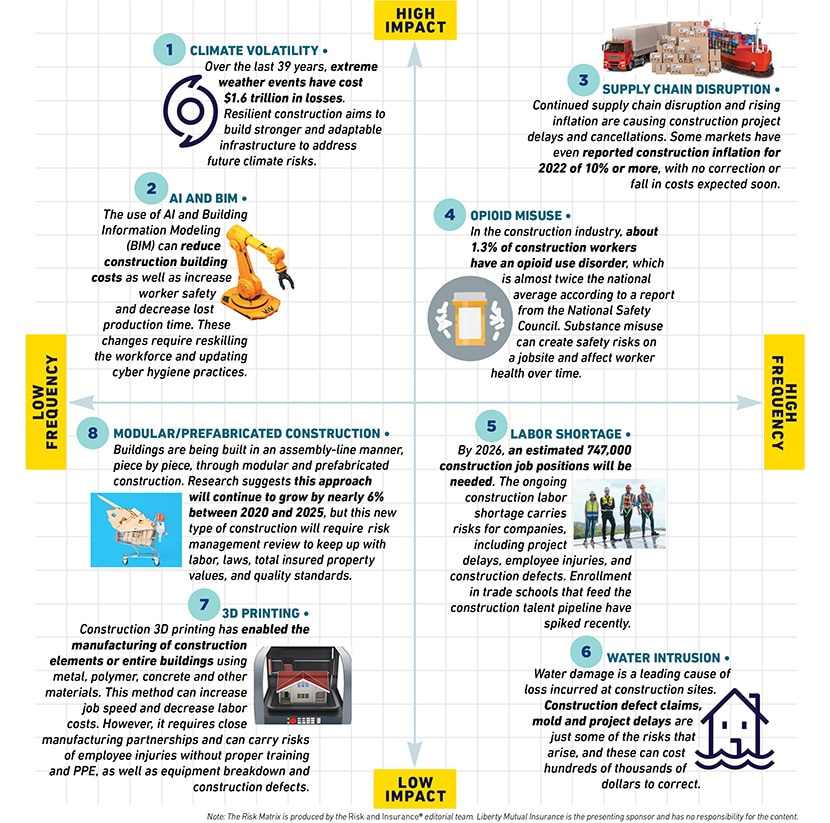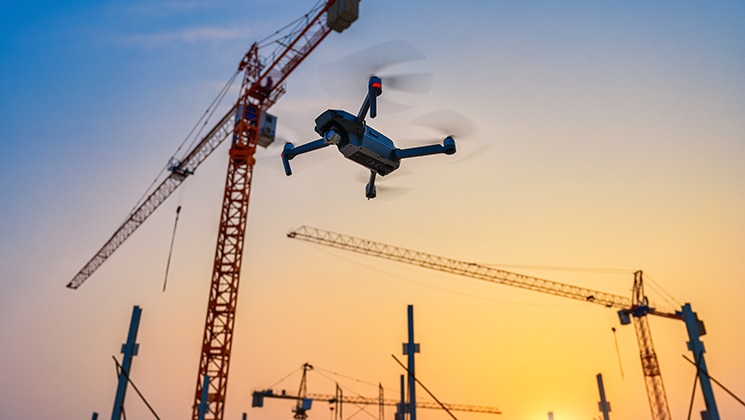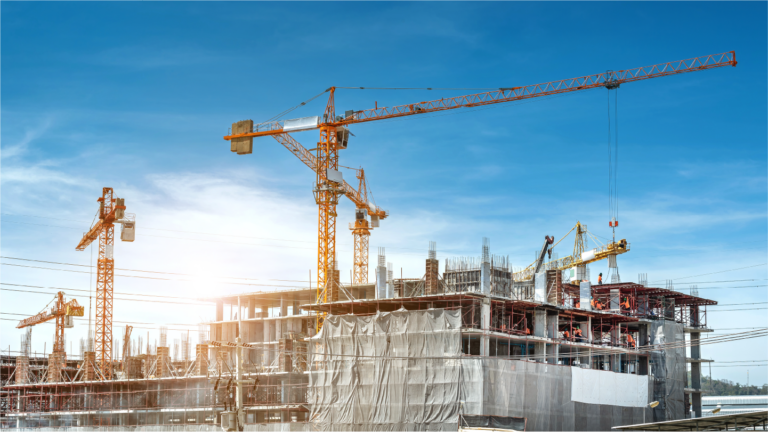
The construction industry is finding new ways to boost productivity and improve building standards and resilience. As we head into 2023, here are some challenges companies should be ready to address so they can take advantage of new opportunities.
Climate volatility
Today’s volatile climate is increasing the stakes for businesses, with events occurring more frequently and bringing larger losses. In 2021 alone, 20 events cost more than $1 billion each, totaling more than $150 billion. Contractors, developers, investors, and more are seeing the value in resilient construction, which aims to build stronger and adaptable infrastructure to address today’s climate volatility.
AI and BIM
The use of robotics, artificial intelligence (AI), Internet of Things, and building information modeling (BIM) can help reduce construction building costs, improve worker safety, and decrease production time. One report even found that AI use in construction can reduce costs by up to 20 percent. BIM, a 3D model-based process, gives deeper insight to the architecture and engineering of the building.
Supply chain disruption
With continued supply chain disruption, a hardening market, the cost of inflation, and the aftermaths of a pandemic, construction projects are facing an inordinate amount of delays and cancellations. Some markets have even reported construction inflation for 2022 of 10 percent or more. It’s key the industry understands the ways in which disruption can impact business operations and reviews the steps to mitigate supply chain risk.
Opioid misuse
The American Addiction Centers reports that about 1.3 percent of construction workers have an opioid use disorder, which is almost twice the national average according to the National Safety Council. Opioid misuse in construction is serious and can lead to higher rates of injury and accident. There are steps construction companies can take to help reduce the risk and take care of employees, including promoting safe work practices, enacting strong company drug policies, and delivering the right care as part of a solid workers compensation claims framework when injuries do occur.
Labor shortage
Today, approximately 91 percent of construction firms have difficulty filling positions, according to a recent survey by the Associated General Contractors of America. This challenge is helping to contribute to supply chain disruption-related risks, project delays, and increased risk of worker injury. The number of unfilled construction jobs hovers at 422,000 and by 2026, an estimated 747,000 positions will be needed as the demand for new buildings and infrastructure is increased by population growth and urbanization. But there are ways to combat a growing labor shortage, from training to help avoid injuries to making a concerted effort to focus on efficiency and quality control.
Water intrusion
Water damage is a leading cause of loss incurred at construction sites, often due to leaky roof drains, groundwater, and rain flooding. For contractors, construction defect claims, mold, and project delays are just some of the risks that arise from water damage. A review of water intrusion in construction is vital for understanding its wide-reaching risks and identifying effective solutions.
3D printing
Construction 3D printing is the practice of constructing objects using computer-aided drawings and 3D printers to create materials used in buildings. 3D printing is now being used to construct homes, office buildings, and other structures and they can be made with lower costs and less waste than traditionally constructed buildings. However, there are risks to consider, including managing contractual liability, reducing occupational disease, mitigating equipment breakdowns, and protecting against construction defects.
Modular/prefabricated construction
Modular construction and prefabricated construction are on the rise as more contractors turn to the assembly-line approach to building. Research suggests this will continue to grow by nearly 6 percent between 2020 and 2025, but this new type of construction will require ongoing risk-management review to keep up with labor, laws, and quality standards.
Featured insights
The Risk Matrix is featured with the permission of Risk & Insurance®. The Risk Matrix is produced by the Risk & Insurance editorial team.
This website is general in nature, and is provided as a courtesy to you. Information is accurate to the best of Liberty Mutual’s knowledge, but companies and individuals should not rely on it to prevent and mitigate all risks as an explanation of coverage or benefits under an insurance policy. Consult your professional advisor regarding your particular facts and circumstance. By citing external authorities or linking to other websites, Liberty Mutual is not endorsing them.




